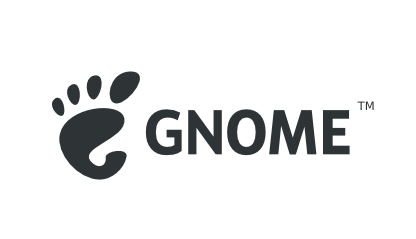
In this tutorial, we will show you how to install Gnome on Debian 11. For those of you who didn’t know, By default, the Debian 11 server was installed as minimal without any Graphical Desktop support. In this guide, we show how easy it is to get one of the most popular GUI’s installed called GNOME Desktop. GNOME Shell 40 Released on 24 March 2021, this version came as a game-changer for the Gnome world. A new concept of horizontal virtual desktop navigation added more fluids to navigate. The panel at the bottom as a dock looks very elegant.
This article assumes you have at least basic knowledge of Linux, know how to use the shell, and most importantly, you host your site on your own VPS. The installation is quite simple and assumes you are running in the root account, if not you may need to add ‘sudo‘ to the commands to get root privileges. I will show you through the step-by-step installation of Gnome 40 on a Debian 11 (Bullseye).
Prerequisites
- A server running one of the following operating systems: Debian 11 (Bullseye).
- It’s recommended that you use a fresh OS install to prevent any potential issues.
- A
non-root sudo useror access to theroot user. We recommend acting as anon-root sudo user, however, as you can harm your system if you’re not careful when acting as the root.
Install Gnome on Debian 11 Bullseye
Step 1. Before we install any software, it’s important to make sure your system is up to date by running the following apt commands in the terminal:
sudo apt update sudo apt upgrade
Step 2. Installing Gnome on Debian 11.
Now we add Gnome from the experimental repository:
sudo nano /etc/apt/sources.list
Add the following lines:
deb http://deb.debian.org/debian experimental main
Next, you’ll need to install all of the new software upgrades available for Debian 11:
sudo apt update sudo apt -t experimental install gnome-session gnome-shell gnome-backgrounds gnome-applets gnome-control-center mutter gjs
Once done, reboot your computer. You should be greeted by your new GNOME 40 desktop on your Debian 11 Bullseyes system after the reboot.
Once you log back on, confirm the upgrade has been successful using the following command below:
gnome-shell --version
Congratulations! You have successfully installed Gnome. Thanks for using this tutorial for installing the latest version of the Gnome environment on Debian 11 Bullseye. For additional help or useful information, we recommend you to check the official Gnome website.